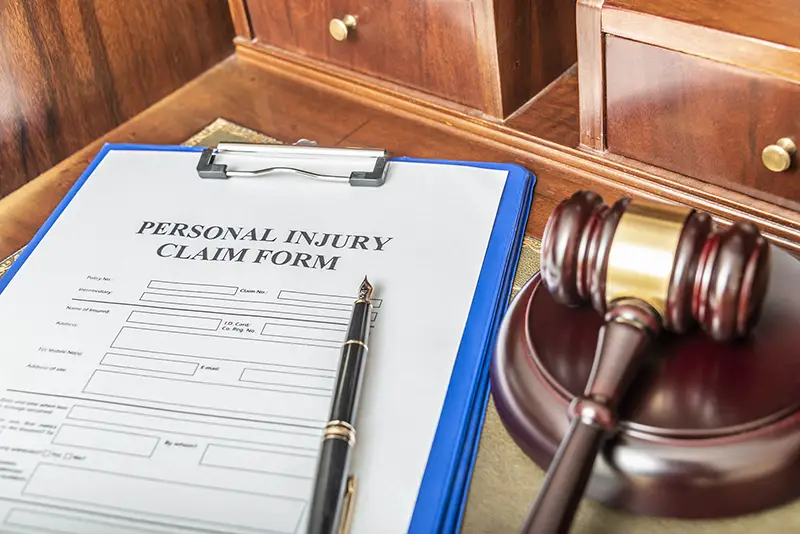Click here to get this post in PDF

Self-driving cars are the future. They are safer, more efficient, and can make our lives easier.
According to the NHTSA, the use cases of self-driving cars are endless. They can be used for personal transportation or as a taxi service, deliver goods, and even act as mobile office space for people who need to work remotely.
We have all heard about the benefits of self-driving cars, but what about the downsides? There is no denying that self-driving cars will have an impact on jobs such as truck drivers, taxi drivers, and car mechanics. However, as https://www.michaelwaks.com/ explains, we also need to consider how it will affect other areas such as insurance companies, auto dealerships, and traffic laws.
Self-driving cars have the potential to reduce the number of accidents and improve traffic. They can also provide mobility to people who are unable to drive or just prefer not to.
The introduction of self-driving cars will have a significant impact on the world’s transportation system. It will change how we commute and travel by car, bus, train, bike, and foot. Self-driving cars will likely make up a large percentage of vehicles on the road in the coming decades.
Who Is Responsible For A Crash A Self Driving Car?
One of the most complicated aspects of self-driving cars is the liability for accidents. Who is responsible for any damage caused by a self-driving car? The manufacturer? The owner? The driver?
The company that made the car is responsible for any crashes, including ones caused by a software malfunction.
If you are driving a self-driving car and it crashes, there are three possible scenarios:
You were driving the car at the time of the accident. In this case, you’re not liable for any damages or injuries to anyone in your vehicle or outside of it.
You were sitting in the driver’s seat but weren’t actually driving (perhaps because you were sleeping). You’re not liable for any damages or injuries to anyone in your vehicle or outside of it.
You weren’t driving and weren’t even sitting in the driver’s seat; instead, you were walking alongside the car. Something caused you to bump into it, perhaps a gust of wind or a dog that ran out from an alley. In this case, you may have been found negligent.
If you crash a self-driving car, the car will stop and not move until it is given new instructions. It will also notify authorities of the accident.
Self-Driving Cars & Personal Injury Lawsuits
The first thing to know is that not all states have passed laws regulating self-driving cars. In these states, the law is unclear, and you may need to consult an attorney before proceeding with a lawsuit.
In states where regulations are clear, there are two types of cases that can be filed: (1) when the car was in autonomous mode and (2) when the car was in human-driven mode.
In a personal injury lawsuit, the plaintiff must prove that the defendant was negligent and that this negligence caused an injury. Negligence is defined as “the failure to use such care as a reasonably prudent person would exercise under the same or similar circumstances.” The plaintiff must demonstrate that the defendant owed them a duty of care and breached this duty by acting unreasonably.
In order to file a personal injury lawsuit against the self-driving car, you will need to prove that the driver of the car breached their duty of care by driving in an unreasonable manner.
You may also like: How talking to an insurer can damage your personal injury lawsuit
Image source: Shutterstock.com
